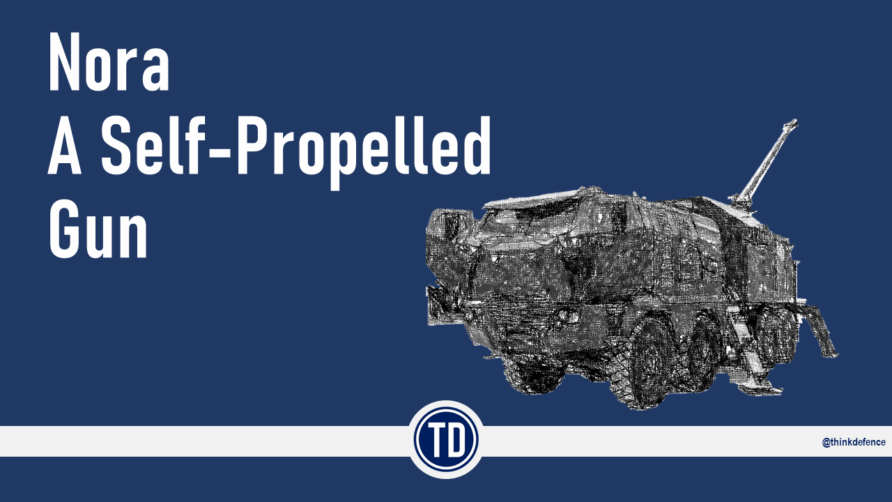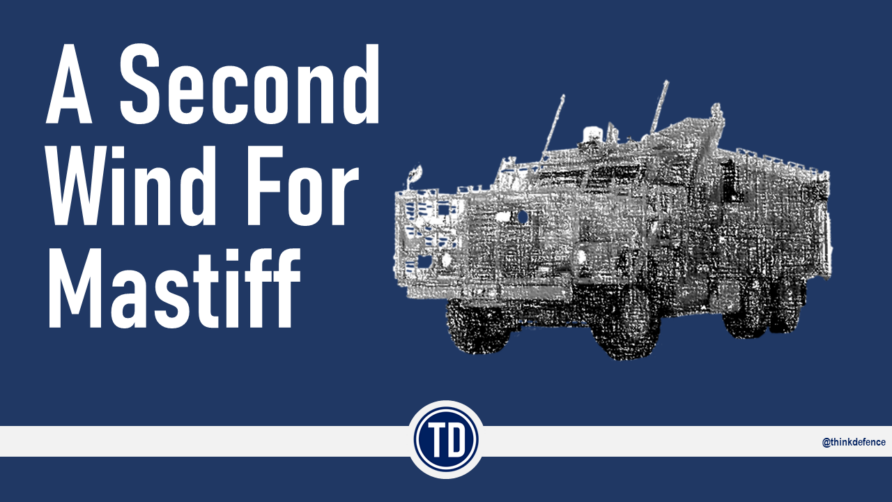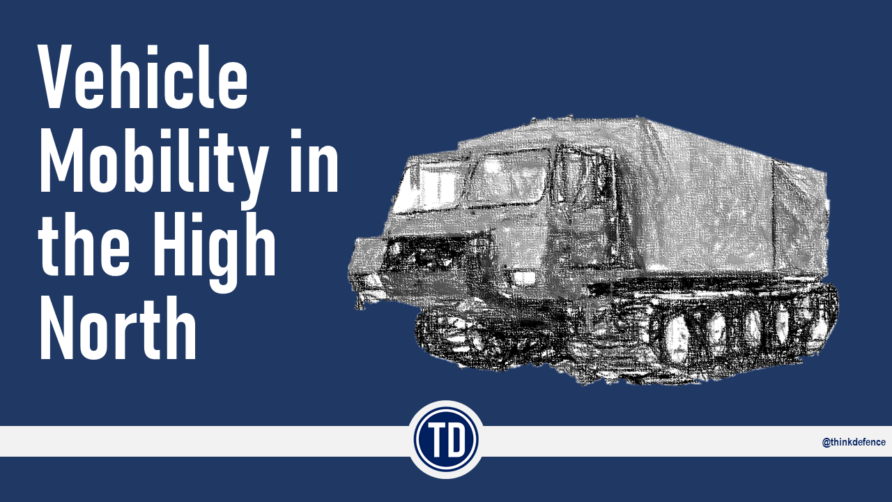The in-service Yamaha Grizzly quad bike ATVs have provided solid service for many years, but spares are increasingly difficult to obtain, and they might need replacing soon.
In UK terminology, a quad bike is typically a four wheeled ride on vehicle with a weight of less than 550 kg, but the definitions and regulations can depend on other factors (click here to find out more)
The first question is, do we really need to replace them?
There is an argument that multi-axle skid steers or side by side UTV’s provide improvements in capability and better value for money, but for the purpose of this post, I will assume a like for like replacement, or similar.
Quad Bike ATV Replacement — Background
It should come as no surprise that the Quad Bike ATV is actually a British invention we failed to exploit.
The Standard Ultra-Lightweight and Jungle Airborne Buggy were produced in 1944 and 1945, the JAB progressed through two prototype versions (Mark II shown below), but the end of the war doomed it, they never went into serial production.
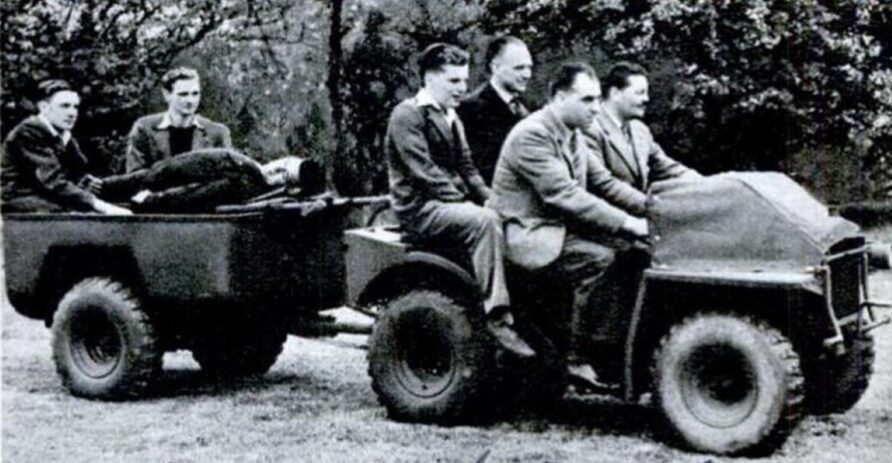
Great article here on the JAB.
Three wheeled small ATVs were produced by Sperry Rand and others in the USA during the sixties, with Honda producing their first in 1969, called the ATC90. The first four wheeled ATV was launched in 1982 by Suzuki, the LT125D. A couple of years later, Honda followed with their TRX200TM and Yamaha, the YFM400.
From that point, they achieved success and widespread adoption in the sport, agriculture and utility markets.
Skip forward decades and the British Army showed interest, trialling different designs in 1998, including a Honda FourTrax Foreman
The first models in service were off the shelf petrol engine designs from Honda and Yamaha.
Work completed by Roush/Resolve Engineering on diesel and JP8 engined versions of an Arctic Cat ATV called the DRV paved the way for later UORs by Roush.
This 2008 UOR with Roush took the standard Yamaha Grizzly 450 units and added a NATO towing hitch, winch, run flat sealant for the tyres, IR lighting, left-hand throttle and other minor modifications, in addition to the diesel engine.
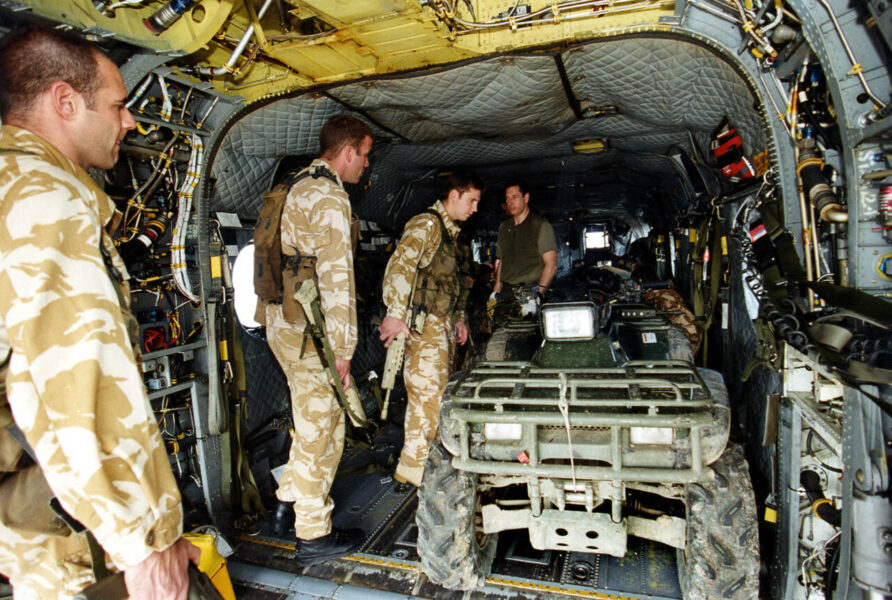
Subsequent contracts were with Yamaha direct, with the Mark II fitted with Carlstar ACT tyres, entering service in 2010.
This second contract was valued at £5 million, providing 200 quad bike ATVs and 200 trailers from Logic.
The challenging terrain, including narrow tracks and irrigation ditches in the Afghanistan Green Zone, necessitated lightweight, versatile transport for tasks like resupply and casualty evacuation.
Their low noise was also an advantage.
Major Matt Cansdale, 3rd Battalion, Parachute Regiment, said;
The quad bikes proved to be reliable and able to go places that no other vehicle could. The equipment that the quad bikes were able to carry enabled us to launch patrols that covered more distance and were longer in duration than would otherwise have been the case, so we were able to push into areas that the enemy did not expect us.”The ability to evacuate casualties effectively and quickly also meant that we could move away from established routes while limiting the risk to our forces.
Two trailer models were obtained from Logic
The SMT 120B, shown below
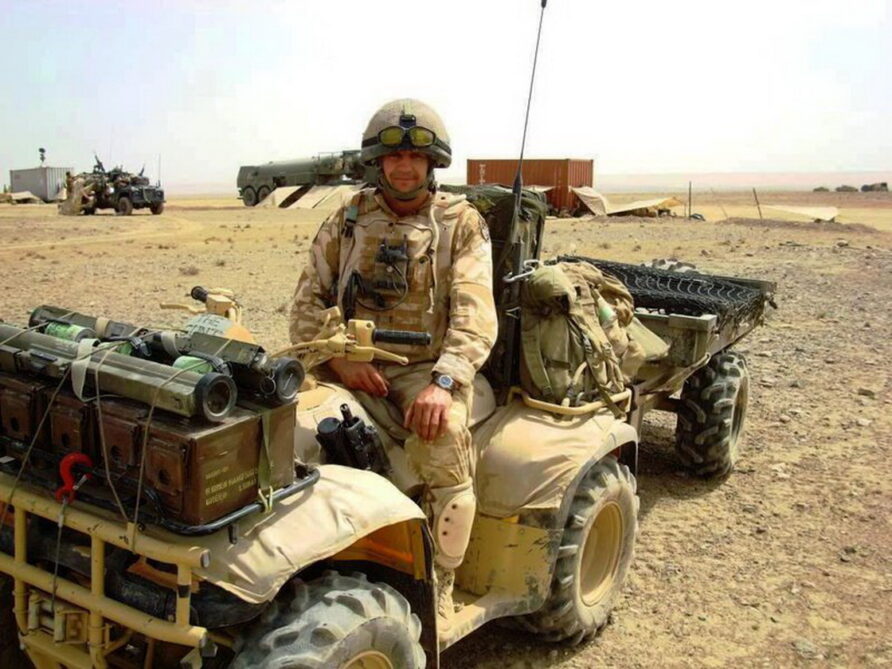
And the larger 150 kg payload SMT 171/172B, with stretcher fixing points and a folding trailer coupling.
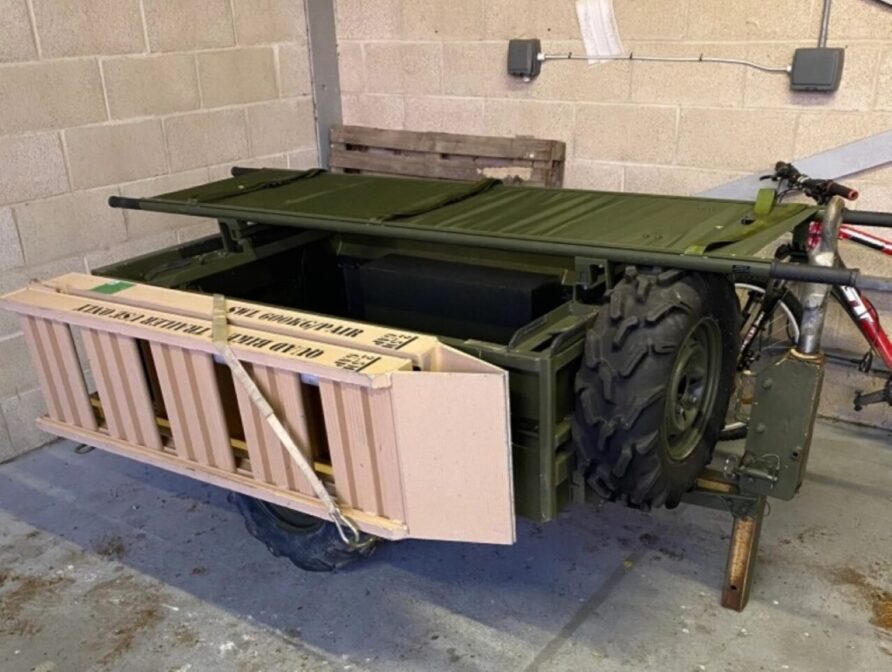
To address mobility issues in Afghanistan, lightweight gap crossing equipment (Gap Crossing Capability Short – Quad (GXC(S) Quad)) was obtained from Mauderer in Germany, or aluminium ramps to you and me.
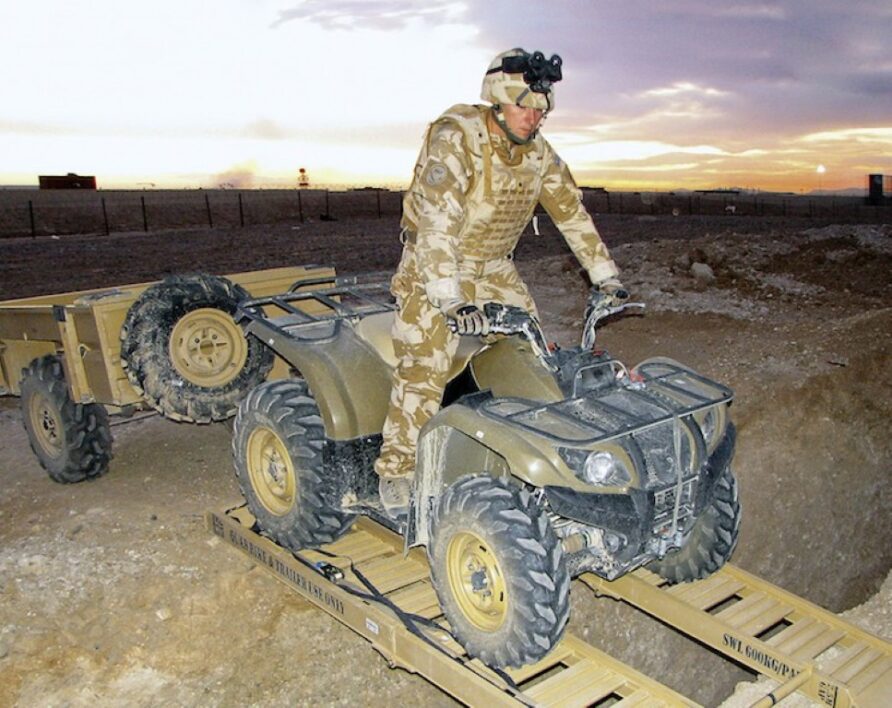
Although many have been disposed of, the Yamaha quad bike ATVs remain in service with the Royal Air Force, Royal Marines, and British Army.

Quad Bike ATV Replacement — Defining a Requirement
The existing Yamaha Grizzly 450 ATV quad bikes are 1.99 m long, 1.09 m wide, and 1.12 m high.
Their Gross Vehicle Mass (GVM) is 477 kg, kerb weight of 267 kg, and a payload of 210 kg (44% of GVM)
The towing capacity is 600 kg.
These are reasonable baseline specifications for any replacement.
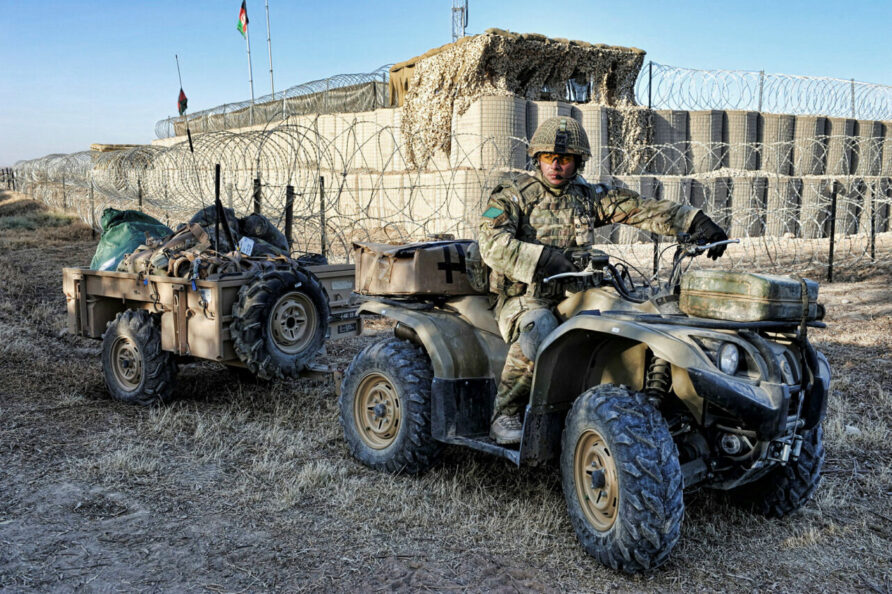
These dimensions also allow it to be parachuted using a double Container Delivery System (CDS).
A double CDS uses a single, elongated skid board to accommodate two A-22 containers side by side, effectively doubling the payload capacity while maintaining compatibility with a single parachute system for airdrop. The key difference is the length of the skid board, which is extended to handle two containers.
And this allows a quad bike to be parachuted from an A400M, we don’t have any options for larger vehicles.
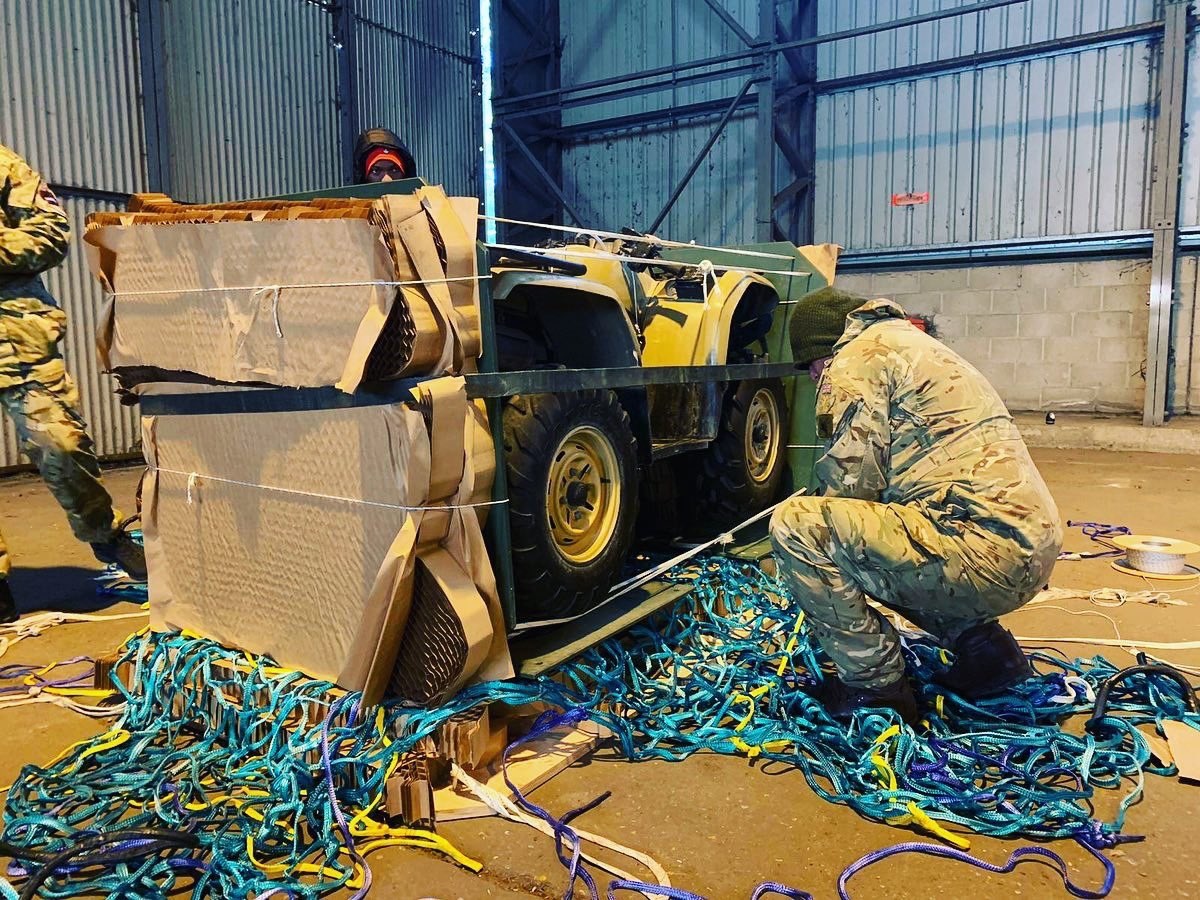
The dimensions for a double CDS are approximately:
- Width: 1.22 meters (48 inches, as the containers are aligned along the length, not side by side in width
- Length: 2.44 meters (96 inches, as it accommodates two 1.22-meter-deep containers end to end
- Height: 2.11 meters (83 inches, unchanged, as the height is dictated by the container and parachute)
The internal width of a standard 20ft (ca. 6 m) shipping container is approximately 2.35 meters.
A JMILS Container Roll Out Platform (CROP) is 2.32 m wide.
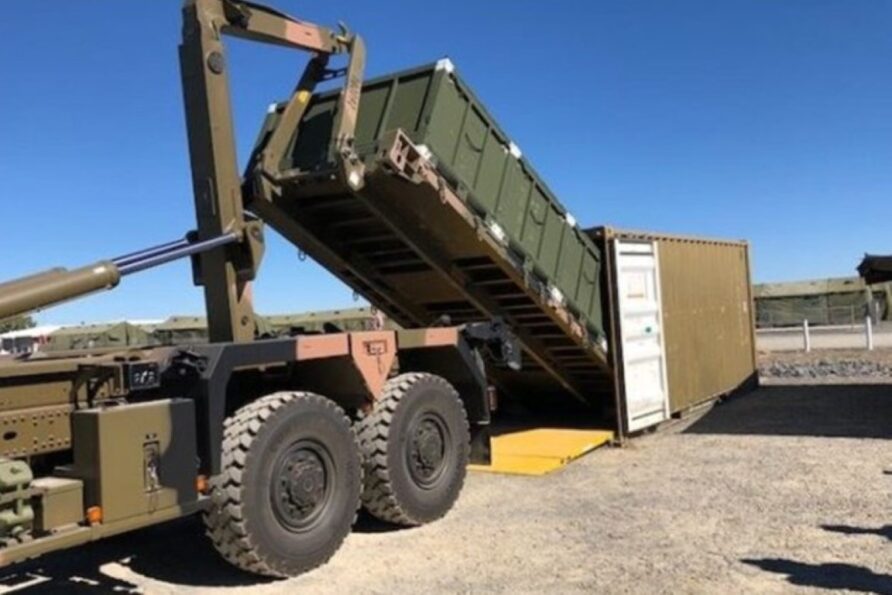
Keeping below the 2.32 m width of a CROP would not only allow the quad ATV replacement to be carried across its width, but also width ways in an ISO container, and parachuted using a double CDS.
Height tends to be less of a problem for this class of vehicle but if it less than 1.2 m and theoretically, they can be double stacked in an ISO container.
Strategic and civilian aircraft can also be used, e.g. RAF Voyagers and civilian cargo aircraft. Although the image below is not an Airbus A330 (Voyager), it does provide a good illustration of what a typical wide-body airliner’s lower deck looks like.

Those aluminium containers on the lower deck, indicated by the red outline, are called LD3 Unit Load Devices (ULD)
The lower deck of an RAF Voyager can carry a combination of military 463L pallets and civilian LD3 and LD6 containers, potentially 8x 463L, 1x LD6 and 1x LD3, 25x LD3 or 13 LD6 and 1 LD3. Without going into too much detail on these, most ULD’s have a maximum internal height of 1.6 m, within the 1.2 m max target height.
This means, rapid deploy forces that might use any combination of civilian airliners, can also take some vehicles with them.
Stacking ATV quad bike ATV’s using transport racks is facilitated by compliance with the same basic dimensions as an in-service Yamaha.
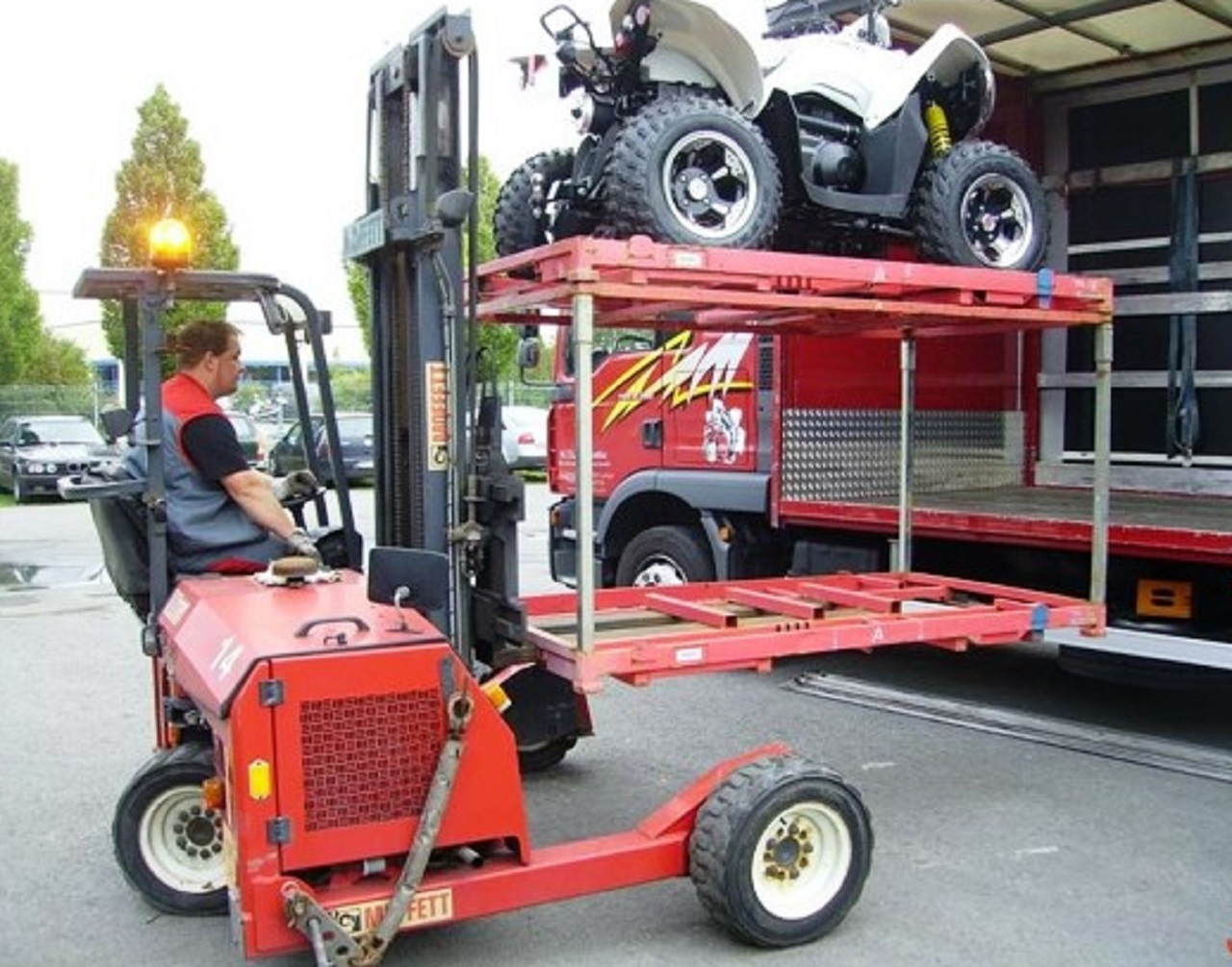
ATV pallets can also be of the enclosed, like this from Wel Fab
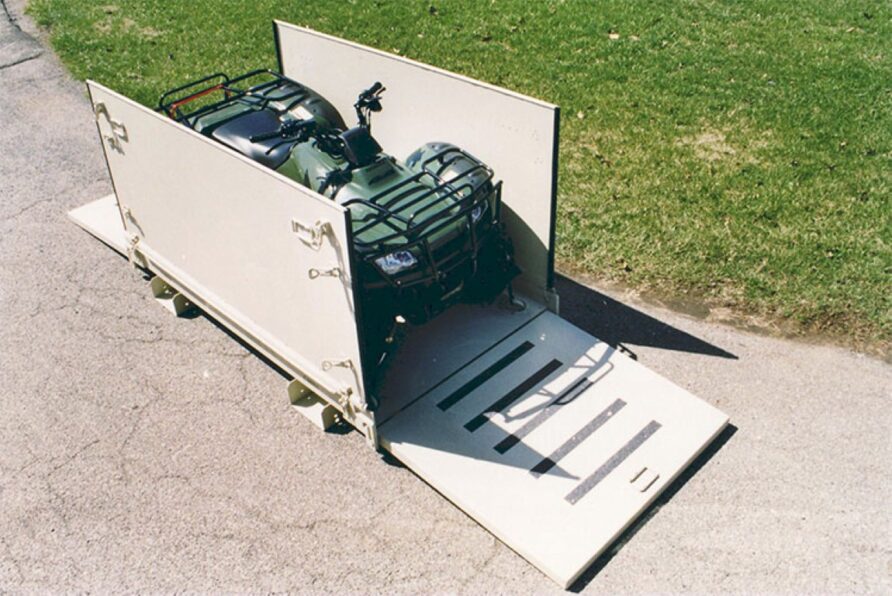
On weight…
Stay under a tonne, and it can be lifted by a Wildcat helicopter, with multiples for other aircraft.
Again, stay at somewhere in the one tonne bracket and two or three could be easily carried on a lightweight trailer, towed by a Land Rover type vehicle, driven on a BE licence.
Or even a low-cost single ATV trailer like this, from Cochet.
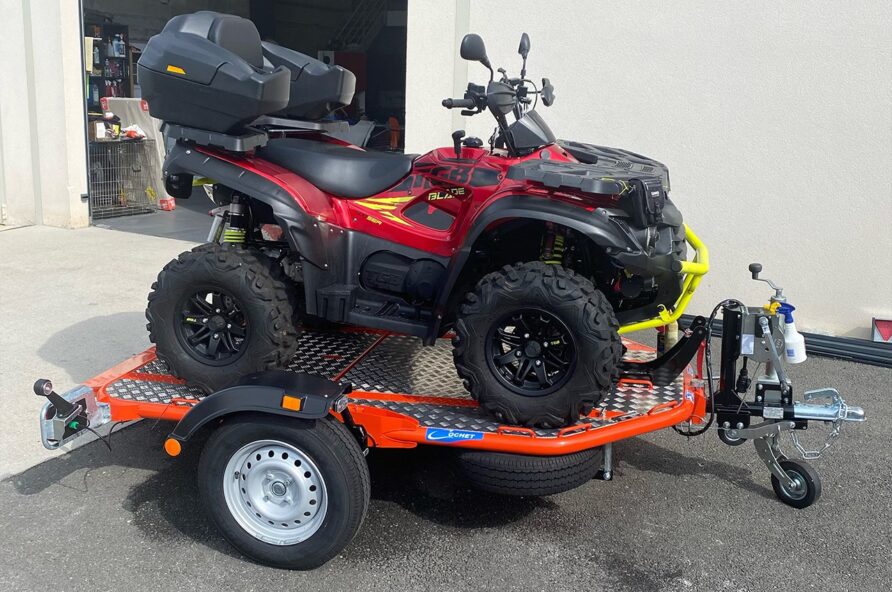
All these transportability constraints are not hard limits, they are simply combinations of weights and dimensions that can be considered.
If the weight could be held at less than 400 kg, double stacking in a curtain-side or fixed side trailer would allow sixteen to eighteen quad bikes to be carried at one.
Systems like the Jolada Skate and Track System make loading and unloading quick and easy.
Less than 400 kg might be a bit of a stretch, the existing Yamaha’s are 477 kg, but even without double stacking, a single trailer could still easily carry eight to ten.
Which would be quite an improvement on current methods.

Diesel quad bike ATVs are uncommon now, as the market has moved to electric, hybrid, and petrol engines.
This creates a dilemma for the MoD if it wants something similar to the Yamaha Grizzly, choice is limited. It might also create an opportunity to look at those other options, and widen the circle of potential vehicles.
Quad bikes are quite a viable candidate for low noise hybrid or electric drivetrains, existing designs can be noisy and reveal support and evacuation lines. Power export is another advantage, especially when power demand, even for light role dismounted forces, is increasing.
Does a replacement need to be manually steered, are tracks a better alternative, and how fast do you really need to go.
Another question is the role of the trailer.
A quad bike does not need a trailer, but beyond the rider and their personal equipment, options can be quite limited.
A trailer then becomes an essential component (obvs!), and any conversation on quad bikes cannot omit them.
There is also the question of the role of the quad in the context of robotic platoon vehicles and similar uncrewed load carriers.
This is another reasonable question, but for the sake of this series, I will also assume this question is for another post.
To summarise, a replacement for the in-service Yamaha quad bike ATV’s should look something like the in-service quad bike ATV.
Unless it doesn’t.
The next part of the series will examine two sets of vehicles, those that fit within the footprint of the existing quad bike ATV, and those that don’t.
Discover more from Think Defence
Subscribe to get the latest posts sent to your email.

